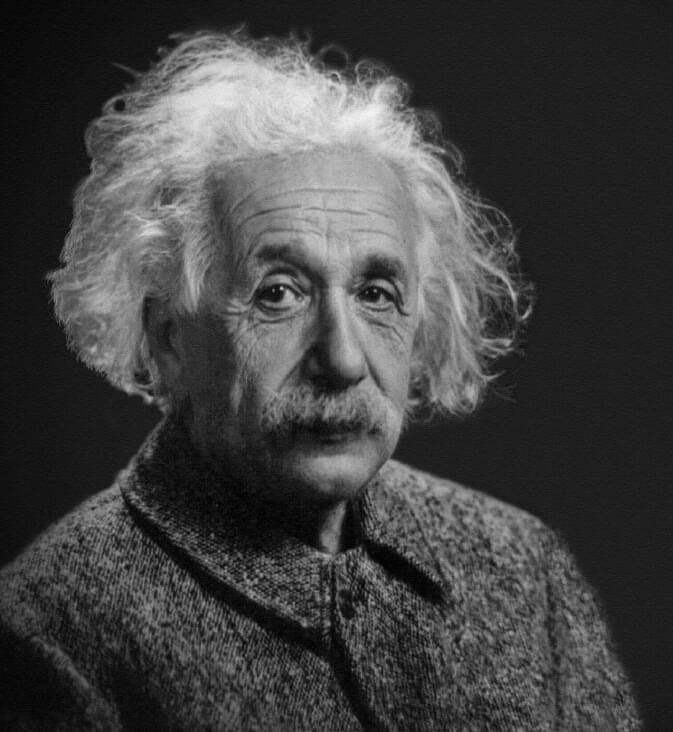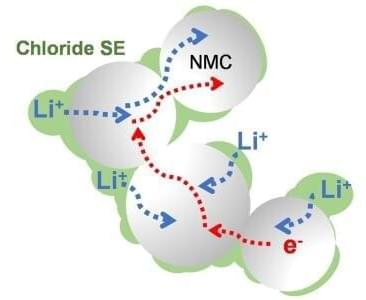New applications in energy, defense and telecommunications could receive a boost after a team from The University of Texas at Austin created a new type of “nanocrystal gel”—a gel composed of tiny nanocrystals each 10,000 times smaller than the width of a human hair that are linked together into an organized network.
The crux of the team’s discovery is that this new material is easily tunable. That is, it can be switched between two different states by changing the temperature. This means the material can work as an optical filter, absorbing different frequencies of light depending on whether it’s in a gelled state or not. So, it could be used, for example, on the outside of buildings to control heating or cooling dynamically. This type of optical filter also has applications for defense, particularly for thermal camouflage.
The gels can be customized for these wide-ranging applications because both the nanocrystals and the molecular linkers that connect them into networks are designer components. Nanocrystals can be chemically tuned to be useful for routing communications through fiber optic networks or keep the temperature of space craft steady on remote planetary bodies. Linkers can be designed to cause gels to switch based on ambient temperature or detection of environmental toxins.








